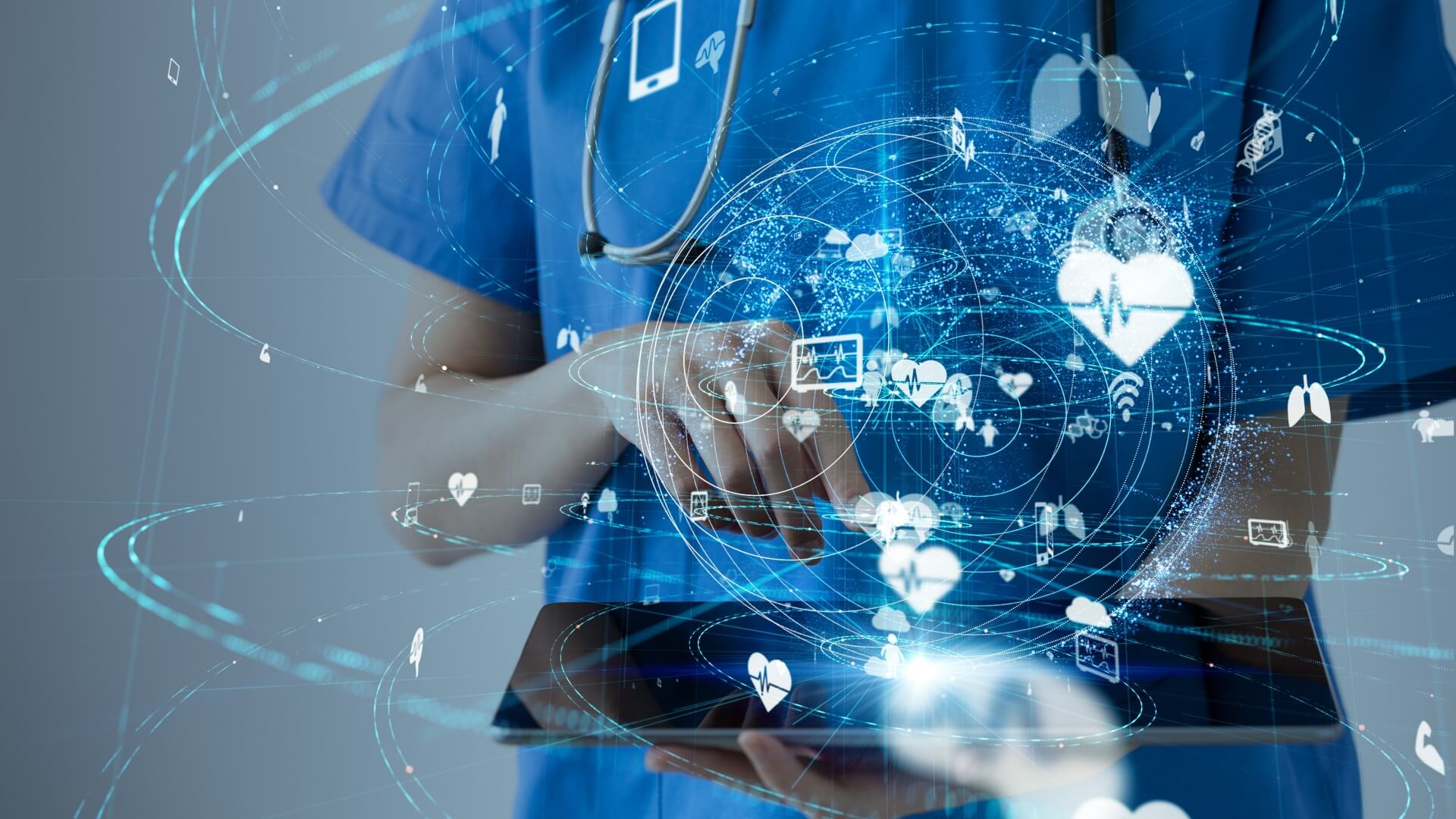The healthcare sector in the UK is dominated by the National Health Service (NHS), which provides public sector medical support universally and employs more than 1.5 million people.
However, the NHS continues to face immense challenges in the current climate, largely in the form of chronic underfunding and waiting lists that have increased by more than 365-times since pre-pandemic reports in July 2019.
Some of these challenges are being tackled by technological advancement and innovation, to the benefit of both patients and workers. We’ll touch on some of these technologies below while asking how they’re likely to be beneficial.
#1. Telemedicine
Telemedicine describes the remote delivery of care and diagnostics, which has been made possible by technological innovation and accelerated by the impact of the coronavirus pandemic.
During the first months of the pandemic and associated global lockdowns, for example, the percentage of healthcare and doctor consultations that were carried out remotely increased from 0.1% to a staggering 43.5%.
Despite some concerns and teething issues, the majority of patients appear to be satisfied with this, meaning that telemedicine will become increasingly accessible and commonplace over time.
This also has huge benefits from a global perspective, as it makes healthcare and consultations far more accessible in developing regions of the world where there may be a shortage of doctors (such as Brazil, India and China).
#2. Artificial Intelligence (AI)
The global AI market is expected to reach a cumulative value of $136.6 billion in 2022, with this cutting edge technology offering value in a number of different applications.
This includes healthcare, with AI ideal for organising the huge swathes of unstructured data that’s available for capture and analysis. This is one of the principal uses of AI in any marketplace, with unstructured data historically difficult to collate and analyse.
In the healthcare setting, such datasets include medical image examples like MRI scans, X-rays and CT scans, alongside information on the global spread of communicable diseases such as Covid-19 (which can be drawn from across the globe).
AI is also being used to upskill human workers in medical fields, while augmenting complex procedures through the use of advanced computer vision and cameras.
#3. 5G Connectivity
5G connectivity has been a huge gamechanger in the worlds of commerce and healthcare, primarily by delivering downloads that are at least 10x faster than existing 4G services. This means that surgeons are now capable of performing remote surgeries on patients without even being present at the operating table.
5G also provides improved bandwidth and incredibly low levels of latency, making concepts such as the Cloud and Internet of Things (IoT) increasingly accessible for healthcare practitioners.
This is key, especially when you consider the complex regulatory framework that encompasses the healthcare sector and role that a technology lawyer plays in ensuring compliance over time.
5G can help to streamline the flow of information and documentation within the sizable healthcare network in the UK, boosting efficiency while ensuring a better service for patients.




















